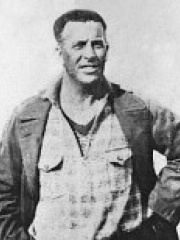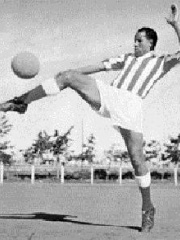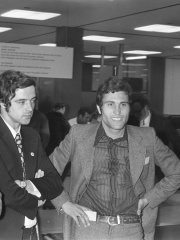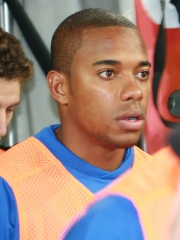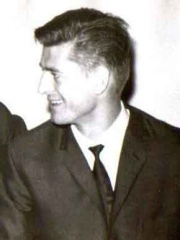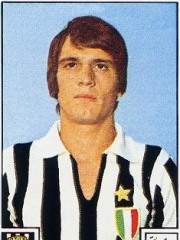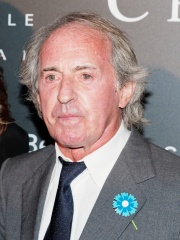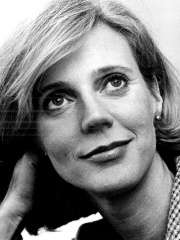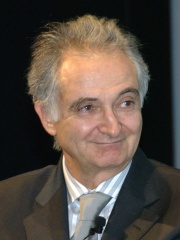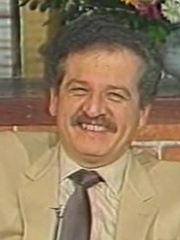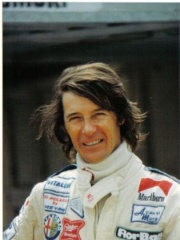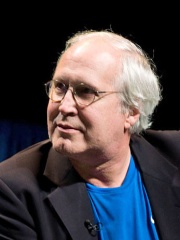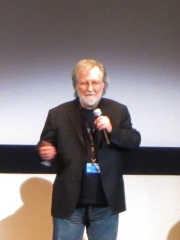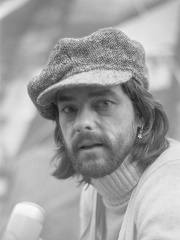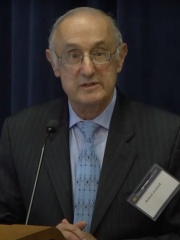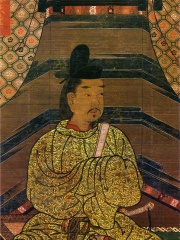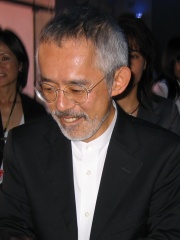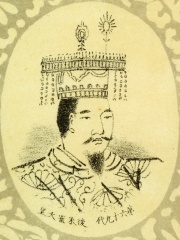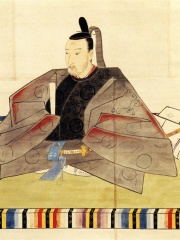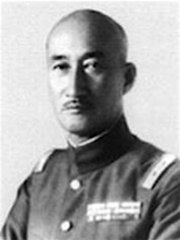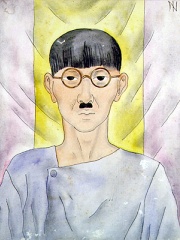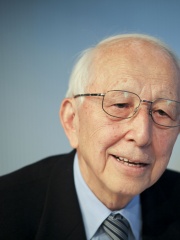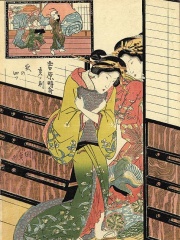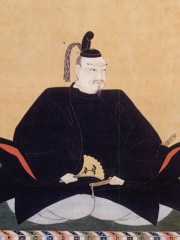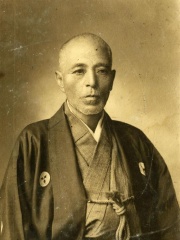SOCCER PLAYER
Masafumi Hara
1943 - Today

 Masafumi Hara
Masafumi Hara
Masafumi Hara (原 正文, Hara Masafumi; born December 21, 1943) is a former Japanese football player. He played for Japan national team. Read more on Wikipedia
His biography is available in 48 different languages on Wikipedia. Masafumi Hara is the 519th most popular soccer player (down from 464th in 2024), the 495th most popular biography from Japan (down from 451st in 2019) and the 132nd most popular Japanese Soccer Player.
Memorability Metrics
Page views of Masafumi Hara by language
Among SOCCER PLAYERS
Among soccer players, Masafumi Hara ranks 519 out of 21,273. Before him are Alberto Suppici, Larbi Benbarek, Frank Lampard, Jesús María Pereda, Artur Jorge, and Seiki Ichihara. After him are Hans-Georg Schwarzenbeck, Zvonimir Boban, Robinho, Miloš Milutinović, Marco Tardelli, and Takeo Takahashi.
Most Popular Soccer Players in Wikipedia
Go to all RankingsAlberto Suppici
1898 - 1981
HPI: 65.16
Rank: 516
Larbi Benbarek
1914 - 1992
HPI: 65.15
Rank: 517
Frank Lampard
1948 - Present
HPI: 65.14
Rank: 518
Jesús María Pereda
1938 - 2011
HPI: 65.14
Rank: 519
Artur Jorge
1946 - 2024
HPI: 65.14
Rank: 520
Seiki Ichihara
1950 - Present
HPI: 65.13
Rank: 521
Masafumi Hara
1943 - Present
HPI: 65.12
Rank: 522
Hans-Georg Schwarzenbeck
1948 - Present
HPI: 65.11
Rank: 523
Zvonimir Boban
1968 - Present
HPI: 65.11
Rank: 524
Robinho
1984 - Present
HPI: 65.10
Rank: 525
Miloš Milutinović
1933 - 2003
HPI: 65.08
Rank: 526
Marco Tardelli
1954 - Present
HPI: 65.08
Rank: 527
Takeo Takahashi
1947 - Present
HPI: 65.07
Rank: 528
Contemporaries
Among people born in 1943, Masafumi Hara ranks 139. Before him are Jacques Laffite, Angelo Comastri, Blythe Danner, Jacques Attali, Luis Carlos Galán, and Jacques Dutronc. After him are Arturo Merzario, Chevy Chase, Tobe Hooper, Dušan Ivković, Ulay, and Robert Axelrod.
Others Born in 1943
Go to all RankingsJacques Laffite
RACING DRIVER
1943 - Present
HPI: 65.24
Rank: 133
Angelo Comastri
RELIGIOUS FIGURE
1943 - Present
HPI: 65.20
Rank: 134
Blythe Danner
ACTOR
1943 - Present
HPI: 65.18
Rank: 135
Jacques Attali
ECONOMIST
1943 - Present
HPI: 65.18
Rank: 136
Luis Carlos Galán
POLITICIAN
1943 - 1989
HPI: 65.17
Rank: 137
Jacques Dutronc
MUSICIAN
1943 - Present
HPI: 65.15
Rank: 138
Masafumi Hara
SOCCER PLAYER
1943 - Present
HPI: 65.12
Rank: 139
Arturo Merzario
RACING DRIVER
1943 - Present
HPI: 65.01
Rank: 140
Chevy Chase
COMEDIAN
1943 - Present
HPI: 64.98
Rank: 141
Tobe Hooper
FILM DIRECTOR
1943 - 2017
HPI: 64.86
Rank: 142
Dušan Ivković
COACH
1943 - 2021
HPI: 64.85
Rank: 143
Ulay
ARTIST
1943 - 2020
HPI: 64.75
Rank: 144
Robert Axelrod
MATHEMATICIAN
1943 - Present
HPI: 64.65
Rank: 145
In Japan
Among people born in Japan, Masafumi Hara ranks 495 out of 6,245. Before him are Emperor Daigo (885), Toshio Suzuki (1948), Seiki Ichihara (1950), Emperor Go-Suzaku (1009), Tokugawa Iesada (1824), and Hisaichi Terauchi (1879). After him are Tsuguharu Foujita (1886), Fumihiko Maki (1928), Kunisada (1786), Takeo Takahashi (1947), Mōri Terumoto (1533), and Saitō Hajime (1844).
Others born in Japan
Go to all RankingsEmperor Daigo
POLITICIAN
885 - 930
HPI: 65.15
Rank: 489
Toshio Suzuki
PRODUCER
1948 - Present
HPI: 65.14
Rank: 490
Seiki Ichihara
SOCCER PLAYER
1950 - Present
HPI: 65.13
Rank: 491
Emperor Go-Suzaku
POLITICIAN
1009 - 1045
HPI: 65.12
Rank: 492
Tokugawa Iesada
POLITICIAN
1824 - 1858
HPI: 65.12
Rank: 493
Hisaichi Terauchi
MILITARY PERSONNEL
1879 - 1946
HPI: 65.12
Rank: 494
Masafumi Hara
SOCCER PLAYER
1943 - Present
HPI: 65.12
Rank: 495
Tsuguharu Foujita
PAINTER
1886 - 1968
HPI: 65.11
Rank: 496
Fumihiko Maki
ARCHITECT
1928 - 2024
HPI: 65.11
Rank: 497
Kunisada
PAINTER
1786 - 1865
HPI: 65.08
Rank: 498
Takeo Takahashi
SOCCER PLAYER
1947 - Present
HPI: 65.07
Rank: 499
Mōri Terumoto
POLITICIAN
1533 - 1625
HPI: 65.06
Rank: 500
Saitō Hajime
MILITARY PERSONNEL
1844 - 1915
HPI: 65.06
Rank: 501
Among SOCCER PLAYERS In Japan
Among soccer players born in Japan, Masafumi Hara ranks 132. Before him are Kiyoshi Tomizawa (1943), Tadahiko Ueda (1947), Michihiro Ozawa (1932), Norio Yoshimizu (1946), Yukio Shimomura (1932), and Seiki Ichihara (1950). After him are Takeo Takahashi (1947), Taizo Kawamoto (1914), Shigeru Takahashi (null), Mitsuo Kamata (1937), Takeshi Natori (null), and Kozo Arai (1950).
Kiyoshi Tomizawa
1943 - Present
HPI: 65.29
Rank: 126
Tadahiko Ueda
1947 - 2015
HPI: 65.28
Rank: 127
Michihiro Ozawa
1932 - Present
HPI: 65.21
Rank: 128
Norio Yoshimizu
1946 - Present
HPI: 65.19
Rank: 129
Yukio Shimomura
1932 - Present
HPI: 65.17
Rank: 130
Seiki Ichihara
1950 - Present
HPI: 65.13
Rank: 131
Masafumi Hara
1943 - Present
HPI: 65.12
Rank: 132
Takeo Takahashi
1947 - Present
HPI: 65.07
Rank: 133
Taizo Kawamoto
1914 - 1985
HPI: 64.90
Rank: 134
Shigeru Takahashi
HPI: 64.81
Rank: 135
Mitsuo Kamata
1937 - Present
HPI: 64.80
Rank: 136
Takeshi Natori
HPI: 64.72
Rank: 137
Kozo Arai
1950 - 2020
HPI: 64.66
Rank: 138
